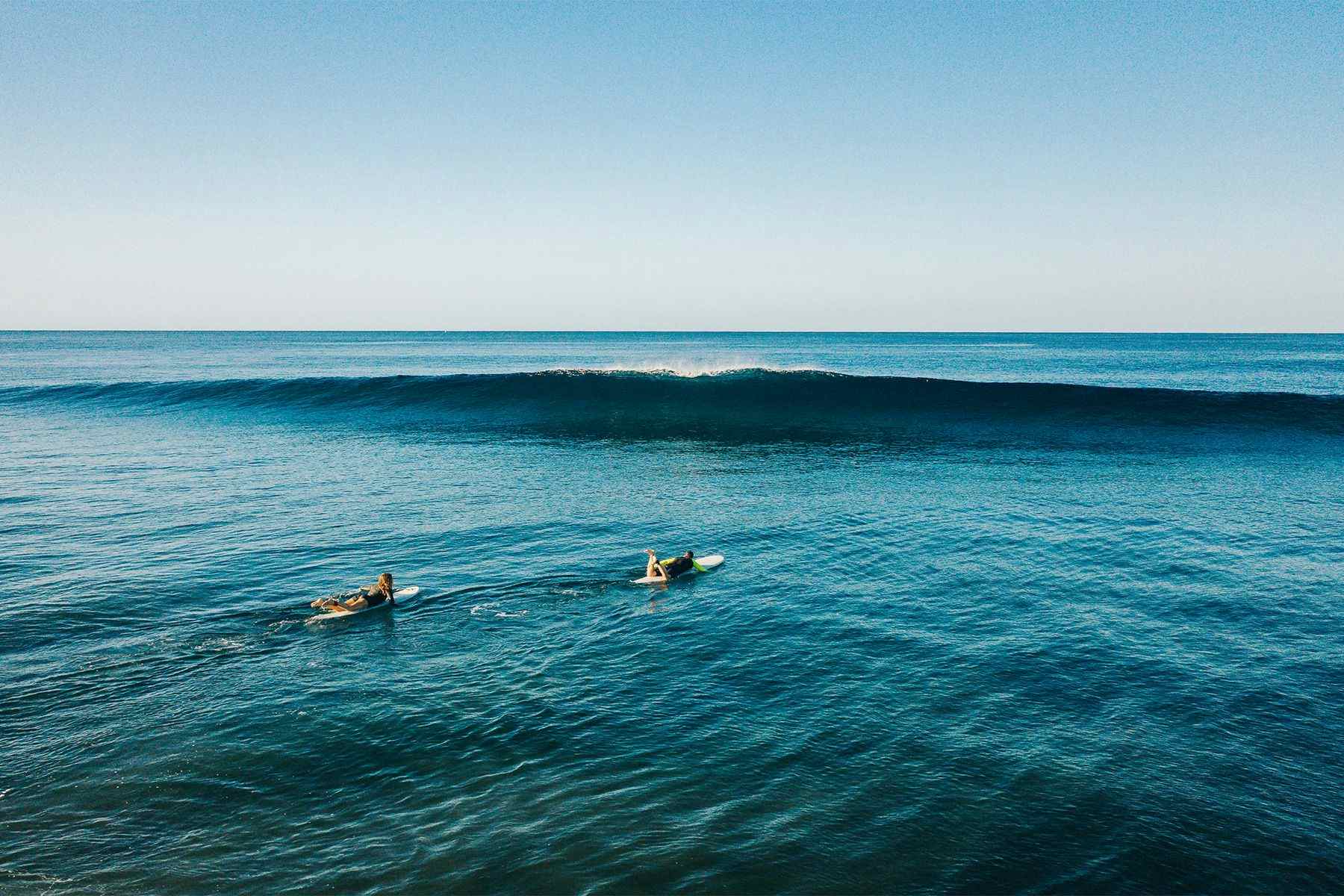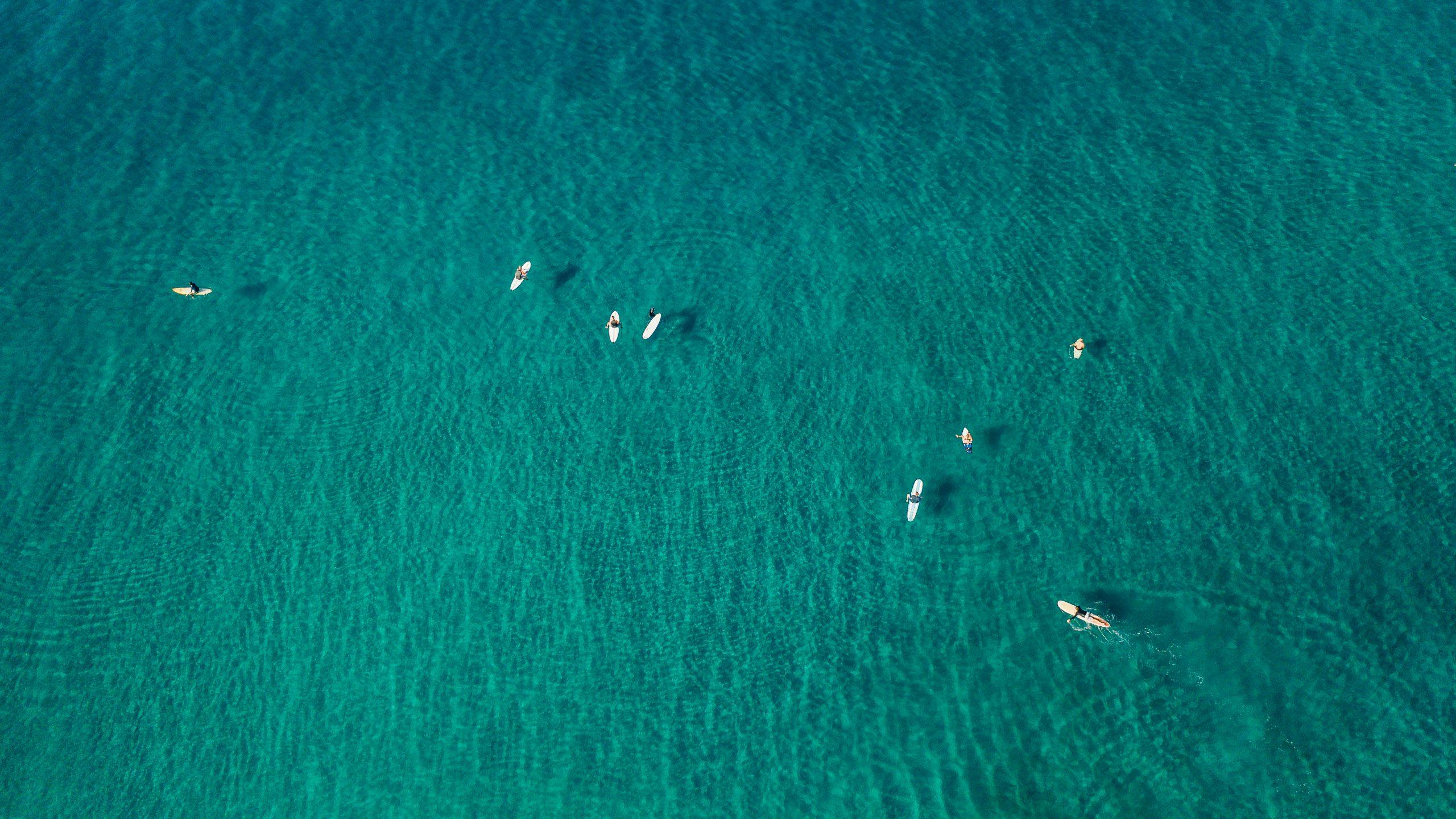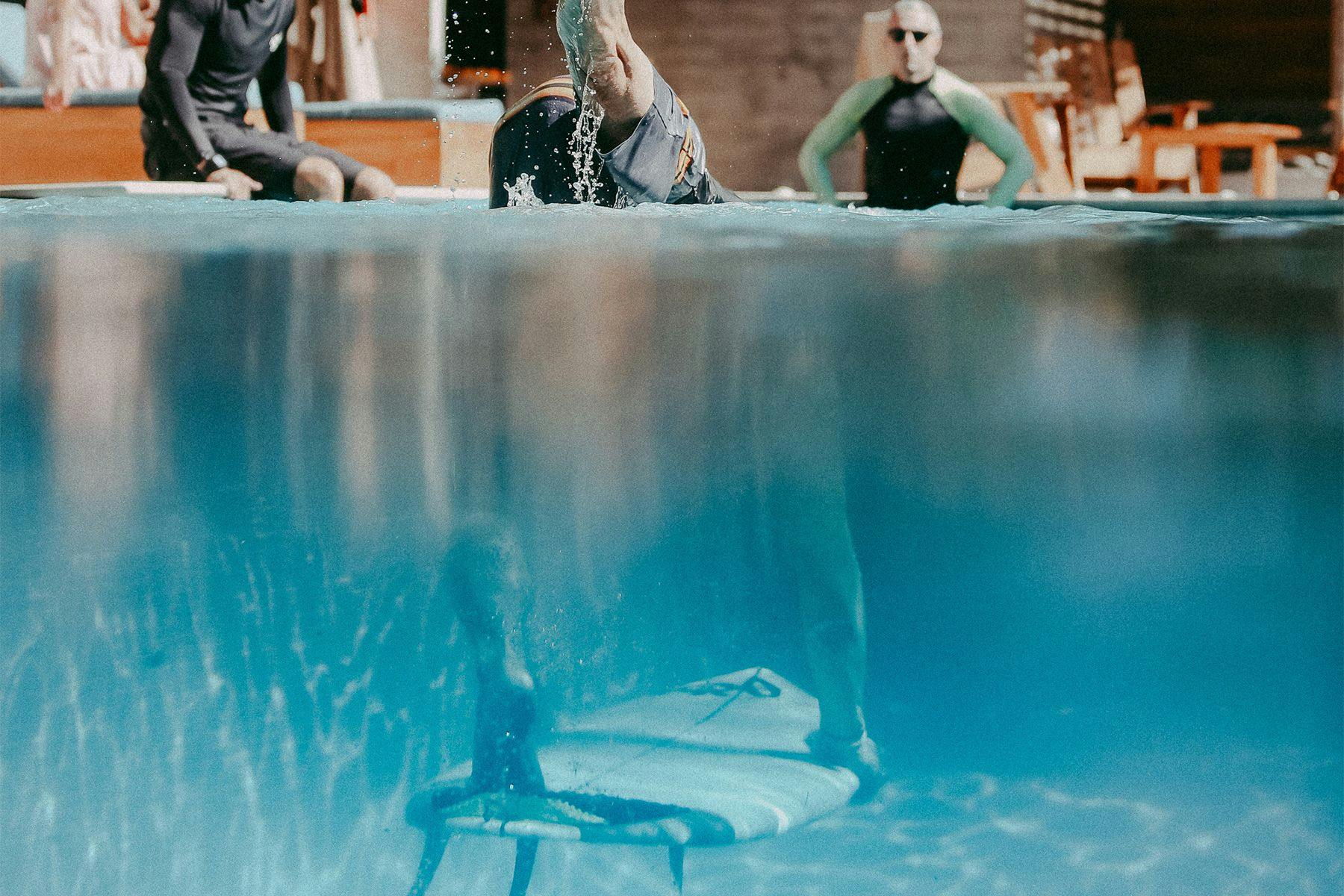Science & SkepticismPaddle, Paddle, Paddle!

Considering Anaerobic Power in Surfing Performance
We’re quick to define surfing as the act of riding a wave, but in reality, we are already surfing when we spot a lump on the horizon and paddle for it.
To be sure, besides sitting around waiting for that lump on the horizon, most of our time in the water (some studies point to at least 50% of any given surf session) is spent paddling. The fairer share of it, namely getting to the outside and moving around the line-up, falls into the category of aerobic activity; the energy production coming from the oxidative-aerobic system. However, surfers also go through periods of vigorous paddling, either to position themselves on the right spot or gaining momentum to catch waves, where strength and speed are predominant – and these require the anaerobic energy system to kickstart.

Anaerobic power – defined as the maximum amount of energy released per unit of time by a given system – is basically the capacity a person has to execute a short and intense physical activity. In surfing, anaerobic power comes into play not only during sprint paddling, but in any explosive movement, such as when popping up (surfers have to move roughly 75% of their body weight in under 1 second) or when executing more radical manoeuvres. Still, despite the fundamental role both aerobic and anaerobic functions play in pretty much everything surfers do, there are few studies that cover these topics – let alone create a link between them and surfing performance.
A thesis by Marianne Freo da Luz, from the Universidade Federal de São Paulo in Brazil, took a closer look at the existing literature tagged “surfing”, “performance”, and “anaerobic fitness” to try to unveil just how closely connected these are. Drawing from a selection of seven main articles, the paper outlines that, indeed, surfing is an intermittent activity that requires an excellent level of cardiorespiratory endurance for long periods of paddling. But also – based on findings that point to 61% of all paddling done during an average surf session being of a high-intensity nature and lasting between 1 and 10 seconds – that the development of strong and quick strokes is highly dependent on one’s anaerobic fitness.

One of the studies highlights that, given that the time spent in the water is influenced by environmental factors such as wave size and type, water temperature, currents and tides, surfers must respond with different demands on the upper body (during paddling) and the lower body (during wave riding). This links to the notion that physiological responses to distinct ways of paddling, as well as other strenuous situations, depend on the body’s capacity to provide ATP (an organic compound that serves as a source of energy for many metabolic processes) through different metabolic pathways. The primary metabolic pathway is anaerobic glycolysis, that is, a means of energy production for periods of short and intense exercises (10 sec to 2 min) that transforms glucose to lactate when levels of available oxygen are low. Such dynamics apply to any surfer – but even more so to professionals, who are particularly reliant on power paddle to catch waves at the right place and time in order to access high score opportunities.
Along those lines, another study, which compared the power and energy production between professional and amateur surfers during a 30-second paddling sprint, revealed that the first group showed greater peak sprint power and higher accumulated O2 deficit than the latter. This same study also emphasized that competitive surfers tend to tap into their anaerobic energy system approximately 13 times in a 20-minute heat, and that the percentage of time spent in resistance paddling, sprint paddling, stationary periods, and wave riding during a heat were of approximately 50.9%, 1.9%, 34.1%, and 3.7%, with other activities, such as duck diving, taking up 9.4% of the session. The findings led the authors to conclude that the physiological demands and movement patterns of competitive surfing require a high level of anaerobic energy during explosive bouts of paddling, and, as such, anaerobic characteristics might be capable of enhancing the performance of a surfer.

Another point underscored in the literature review was the importance of measuring the anaerobic power of surfers so as to improve our understanding of surfing's demands. This could be done via measurements of metabolic responses such as peak levels of oxygen deficit, oxygen debt, and blood lactate, or by testing a surfer's performance in running/repeating sprints, vertical jumping, stair running, and peak power. This sort of data would not only facilitate the creation of protocols and strategies to evaluate surfers’ physiological limitations and monitor their performance, but also come in handy when developing bespoke and effective training programmes, both in and out of the water. As the author of the thesis puts it: “Studies related to anaerobic fitness in surfers and athletes are essential for optimising the prescription of physical training in this sport and consequent better competitive performance.”
***